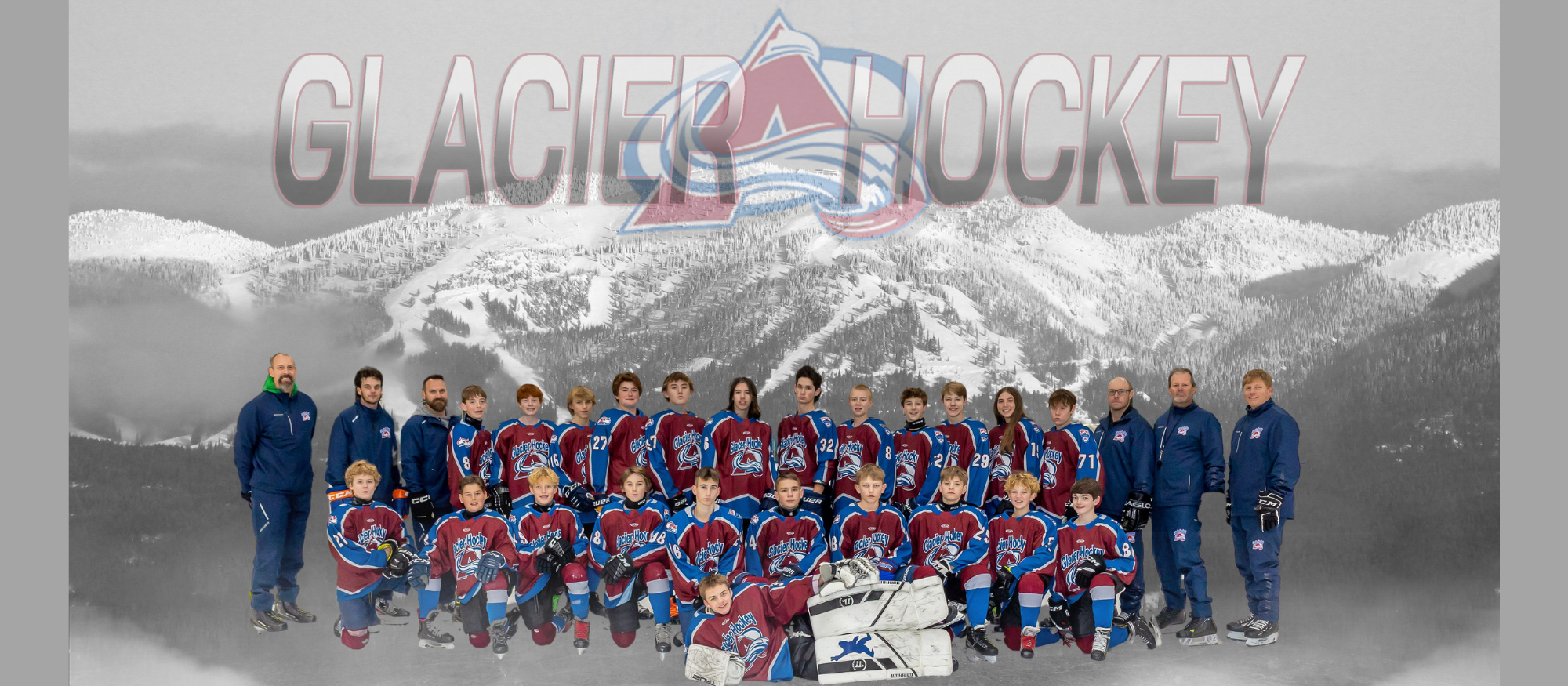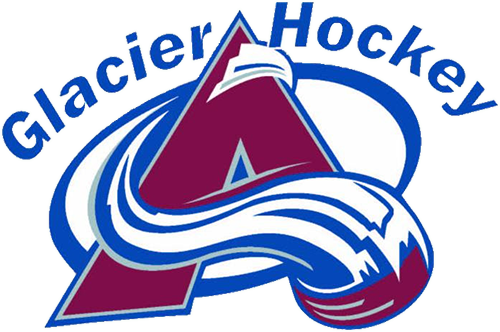
14U
Glacier Hockey Bantam Philosophy
From the coaches and Board members of the GHA, we are thrilled to welcome you to the upcoming hockey season. This letter is to introduce the coaches, our philosophies and approach to the game. This should provide a framework to guide expectations on the team and individual development. At the simplest, hockey should be fun for all involved.
Kids play sports to have fun and playing with friends adds to the enjoyment. Team sports like ice hockey, provide kids with the physical activity and challenges that they enjoy and a ready-made group of new friends to play with. We will strive to develop a team atmosphere, playing together and working towards a common goal. Development of the individual hockey player can and will occur simultaneous with team development.
While competition is a big part of youth sport, what competition means to adults and to kids isn’t always the same. At 14U, coaches and parents need to keep kids focused on process over outcomes. It is the effort and striving that teaches the real lessons. At 14U, the focus should still be on long-term player development and building confidence. Shortening the bench does not accomplish either goal, so providing equal playing time should be paramount.
Adolescents (around 15-17 years) that have developed the physical, cognitive, social, emotional and motor skills needed may decide to invest their effort into highly specialized training in one sport.
Objective
Further develop sports specific skills, begin to introduce competition, and start to emphasize support training to continue development of speed, strength and stamina while maintaining flexibility.
General Description of the Train to Train stage
Good practice and training habits are developed during this stage. On-ice and fitness training programs should be individualized. While formal competition is included, the focus remains on learning the basics through training, with competition results being of secondary importance. Training volume will increase as athletes progress through the stage. Towards the end of this stage, athletes will likely begin to specialize in ice hockey. However, it is still recommended to participate in at least one complementary sport.
Sampling and Specialization
Although it is encouraged that athletes continue to participate in complementary sports for overall athletic development, lifestyle and social aspects, this is also the age when children should have the opportunity to either choose to specialize in a favorite sport or continue in sports at a recreational level. During late adolescent years (15-17) they have developed the physical, cognitive, social and emotional and motor skills needed to invest their effort into highly specialized training in one sport.
USA Hockey’s Key Focus for the Train to Train Stage
• Build the physical engine
• Develop strong adaptive technical skills
• Begin to become more specialized in hockey late in this stage
Players at this age aren’t pro athletes. These are kids (families) who are paying to play. How do kids improve if they are not playing? Teams are generally only as strong as their weakest players, so increasing every player's ability will improve long-term player development and help improve the team's overall performance during the season.
It's imperative that youth coaches communicate their (equal) playing-time philosophy with parents and players at the beginning of the season, and reinforce it throughout. Coaches and parents should put development ahead of short-term winning in youth hockey games. Remember, these games are for the player’s development, not for the adult’s satisfaction.
In the end, youth sports are about having fun, teaching healthy life skills, instilling a strong work ethic and helping players reach their full genetic athletic potential. This requires opportunities to practice and compete in a healthy and supportive environment. It's the job of the coach to prepare every player for game-time scenarios. Players do not rise to the occasion; they fall to the level of their training. So make sure every player gets a high level of training and equal playing time.
GHA is part of USA Hockey and each team will have all coaches certified for that age level. All players must be members of USA Hockey in order to practice or play games. We will follow the USA Hockey ADM model. Improving Agility, Balance and Coordination (ABC) among all youth hockey players is a main goal for the American Development Model. Extensive information regarding the ADM, and its success, can be found at the USA Hockey website.
